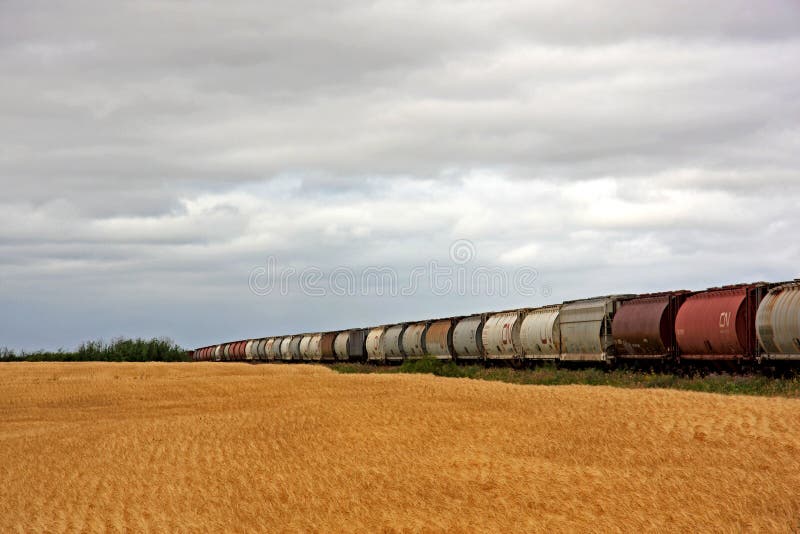How much ag welfare are they getting for not trying new methods?
For starters, I lived in the Shenandoah Valley for a few years while I went to college. Lovely place, even if parts of it are getting downright crowded. I like mountains and trees, I like warm climates, too, but the coldest air temperatures I experienced there were ten degrees above zero.
Here, we have no mountains. Most of the trees away from the river bottoms (the ones which haven't been flooded along the Missouri) have been planted as shelter belts to keep wind from blowing the fields to Minnesota.
My first reaction when I arrived here to the absence of things between here and there, "there' being a very long ways away by Shenandoah Valley standards, considering you aren't standing on the south peak of Massanutten Mountain, was that there was nothing to get behind to shelter from the wind. Now, that was an extreme case, because Grand Forks, ND is in the middle of the old Lake Agassiz plain, otherwise known as The Red River Valley up this way (not to be confused with the Red River in Texas), but it is actually one of the flattest places on earth, and a site for microwave transmission experiments because the terrain is flatter than the open ocean.
Add in the 'climate shock', as in my ignorance I was regaled by the locals with stories of how the temperature would get to 30 below and stay there for weeks. I took those stories at face value, and to my surprise, there was no exaggeration. We had a month with the high temperature of zero. (Little did I know it was a truly nasty winter, at least until I caught a couple of locals griping about it.)
Salatan's methods are wonderful for small farms with different crops, in different locations. It might even work on a small scale here, in places where water is more plentiful along the little bit of river bottom the Corps of Engineers hasn't flooded out or seized because it could be, but that is a terribly small nibble of the land here.
For the rest, those methods aren't likely to work. There is not the population density to support the 'local customer' aspect.
By contrast, the Shenandoah Valley has I-81, I-64, and I-66 (Not to mention US 33) to bring in outside customers, as if Stanton and Harrisonburg (and Waynesboro) were not large enough to support such an operation. (My, how they've grown since I was there last). Stanton alone has a population over 2/3 of the whole county I live in, and that's just one of the 53 counties in ND where wheat is grown (Yep,
all 53).
So, I guess we'll just have to keep sending unit trains of hard red wheat and durum out of here, some of which will be exported, some used here in the US.

(Freighter loading with grain at Duluth, MN, Maltese flag, Polish ownership)

Just because that's too much bread and pasta for anyone in this area.
Farming, like anything based on weather and soil type and terrain, is not a one size fits all deal. The tractors and tillage equipment used here would have a hard time turning around in the tobacco fields I worked in as a child in Southern Maryland. A 'big' tractor for there, then might be used to pull a few bales out to livestock here (Those are considered 'collectors items' now, or are in use by 'hobby' farmers and small field operations.)
I think it is wonderful that the folks at Polyface Farm have going what they do, but it's no more appropriate here than 'winter wear' in Ft. Lauderdale, FL is for Minot, ND.
The software at issue here, (because that's what these malfunctions are, generally, software problems) is used to keep track of the application of ag chemicals (including fertilizers) and seeding operations, minimizing the amount of material used for optimal yields. That's important when you're farming six or seven thousand acres, as is getting that crop in in a timely fashion, because the growing season on America's steppes is short.

We're in the purple part at the top of the map. It calls for a different sort of farming, and with grain prices what they are (even with the annually adjusted subsidies) efficiency and scale are the key to making a living.
You can't do efficiency or scale without good equipment, and that was the issue here. There sits a mechanically able tractor, with the 60 ft. seeder rig behind it, fueled up and ready to go and the software glitches and stops the whole operation. Farmers, who are used to fixing their own stuff and getting back to work, want the information they need to do so. John Deere thinks they'll just have to wait for the tech to show up, but a week or two for that to happen is lost yield. That dog won't hunt.
